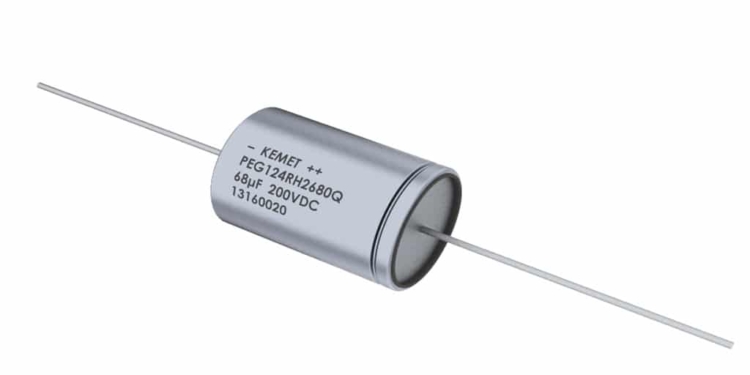Source: Kemet news
FORT LAUDERDALE, Fla., Jan. 14, 2019 (GLOBE NEWSWIRE) — KEMET Corporation, a Delaware corporation (“KEMET” or the “Company”), a leading global supplier of passive electronic components, announced today the intention of closing its Granna, Sweden manufacturing facility by initiating co-determination consultations with the local Swedish unions which start the legal consultation period under Swedish law. This initiative is a continuance of the Company’s effort to further improve gross margins, net income, and cash flow in the Film and Electrolytic business segment. The Granna facility currently produces axial electrolytic capacitors that are mainly sold to the automotive industry.
The Company’s Film and Electrolytic segment intends to relocate the axial electrolytic production from Granna to its plant in Evora, Portugal and consolidate production with the axial electrolytic products being manufactured in the Evora plant. The Company expects to achieve operating costs savings of approximately $0.6 million in fiscal year 2020 (which begins April 1, 2019) and $2.5 million per year thereafter. The Company will incur notice period and other people-related charges of approximately $1.5 million and incur cash charges for equipment relocation and related costs of approximately $2.3 million.
“We are planning to streamline our manufacturing operations for axial electrolytic capacitors with this planned relocation, thereby allowing us to increase flexibility, capabilities, and competitiveness in the marketplace. This planned consolidation of the manufacturing process enables us to not only reduce operating costs, but also improves our ability to meet our customers’ changing demands,” stated William Lowe, KEMET’s Chief Executive Officer.






























